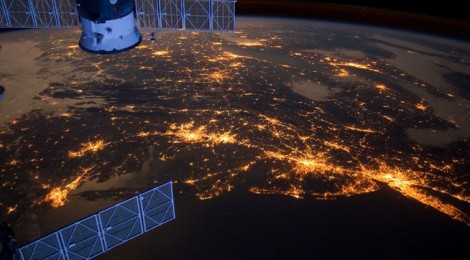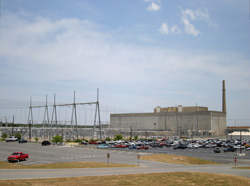Another observer gets it that green solar power is winning. Letting a fracking deliver company turn us into “stakeholders” in a white elephant methane pipeline would be an even huger waste after the pipeline stopped being used in a decade or so because sun, wind, and water power everything by then, winning like the Internet did.
Paul Gilding wrote on his blog 19 March 2013, Carbon Crash Solar Dawn,
I think it’s time to call it. Renewables and associated storage, transport and digital technologies are so rapidly disrupting whole industries’ business models they are pushing the fossil fuel industry towards inevitable collapse.
Some of you will struggle with that statement. Most people accept the idea that fossil fuels are all powerful — that the industry controls governments and it will take many decades to force them out of our economy. Fortunately, the fossil fuel industry suffers the same delusion.
In fact, probably the main benefit of the US shale gas and oil “revolution” is that it’s keeping the fossil fuel industry and it’s cheer squad distracted while renewables, electric cars and associated technologies build the momentum needed to make their takeover unstoppable — even by the most powerful industry in the world.
Why are the fossil fuel companies still pushing, then? Continue reading








